I Apologise If You've Already Answered This, But I Tried Searching Your Blog And I'm Unsure If You Haven't
I apologise if you've already answered this, but I tried searching your blog and I'm unsure if you haven't or if it's another example of Tumblr's amazing search system.
I was talking with a friend recently about how much of a culture clash the Monk Class is compared to the rest of Dungeons & Dragons and was wondering if there is a coherent reason for their original inclusion. I'm aware that they're largely influenced by Shaolin monks as depicted in Hong Kong cinema in the 70's/80's as compared to the Sword and Sorcery stuff most of the rest of D&D takes influence from.
Basically, my question ultimately boils down to, "Is the Monk Class there purely because of an original player wanting to rule of cool their way into playing something wildly out of genre, or is there a stronger link between Sword and Sorcery and Hong Kong cinema that could have organically resulted in the Monk Class joining the rest of the classes?"
A lot of the link between the two was simply a matter of time and place. The kung fu craze hit North America at just about exactly the same time as the sword and sorcery revival that gave us films like Clash of the Titans and Beastmaster and The Sword and the Sorcerer and Dragonslayer and Krull – not to mention the Arnold Schwarzenegger Conan adaptation, which revived popular interest in first-wave sword and sorcery literature – so there was a lot of it going around. Analysis of early Dungeons & Dragons as a product of its media influences often overlooks that it was largely drawing on what was trendy in American popular media in the 1960s, 1970s and 1980s. Even the tonally incongruous Lord of the Rings references weren't a deep cut; while the books were originally published in the 1950s, they'd experienced a strong resurgence in the 1970s, putting them firmly in the popular consciousness at the time that D&D was being developed. All this being the case, it's not surprising that early D&D was also substantially influenced by Hong Kong action cinema.
That said, the reason the monk character class in particular (i.e., as opposed to kung fu media influences more generally) is there is allegedly because one specific guy in one of the game's early playtest groups really, really wanted to play as Remo Williams from Warren Murphy and Richard Sapir's The Destroyer; several of the class's signature abilities are direct references to powers Williams exhibits in the course of the novels. Remarks from folks who worked at TSR at the time have pointed the finger at Brian Blume as the Remo Williams fan in question, though accounts are conflicted whether Blume was actually an uncredited contributor to Dave Arneson's Blackmoor (1975), in which the class makes its first proper appearance, or whether Blume's interest merely prompted its inclusion.
This is the case for the character archetypes in a lot tabletop RPGs of that era; instead of trying to work out what classes "ought" be be present, authors would simply start with the types of characters their playtesters actually wanted to play, often based on specific popular media characters, then work backwards to derive an IC rationale for why those were the setting's standard adventuring professions. Other examples from D&D in particular most obviously include the Ranger (based on Tolkien's Aragon, naturally), but also the Paladin (principally inspired by Holger Carlsen from Poul Anderson's 1961 isekai novel Three Hearts and Three Lions, also the source of D&D's goofy regenerating trolls), the Assassin, back when it was still a separate character class (probably mainly based on the Assassin Caste from John Norman's Gor), and even the Wizard to a large extent (less Gandalf than you'd think: a large portion of D&D's iconic wizard spell list is lifted directly from the 1963 Vincent Price film The Raven).
(I often think that modern indie RPGs could benefit from reviving this approach. Like, fuck textual consistency – just pick half a dozen of your favourite popular media characters without regard for the compatibility of the source material and work backwards to explain why these six random assholes are your game's playable archetypes!)
More Posts from Roboticspidergoblin and Others
I could look at the flavor text and art of random magic cards for hours on end
Flavor Text Highlights - Magic 2020
<- Previous Set | Next Set ->
Cool - Show of Valor
“As the knight struggled to stand, his squire took up his blade. The foe advanced not a single step.” —Krinnea, Siege of the Bone Spire

Funny - Pattern Matcher
“Good! Now put it with the other widdle bunnies.” —Sargis Haz, artificer

Worldbuilding - The Lament for Bala Ged Cycle
“Yarok grieves within the waste Of Bala Ged’s corrupted land.”
“Yarok’s waters rush and rage Where armies bled into the sand.”
“Yarok’s nightmares lurk and wait Where dark despair is near at hand.”
“Grief and rage and nightmares fade Where hope and comfort make their stand.” —Lament for Bala Ged




Emotional - Tale's End
“When you are gone, will anyone remember your story?” —Unknown

<- Previous Set | Next Set ->
🗡️
(in case you need a knife in the next two days for reasons unrelated to political assassinations)
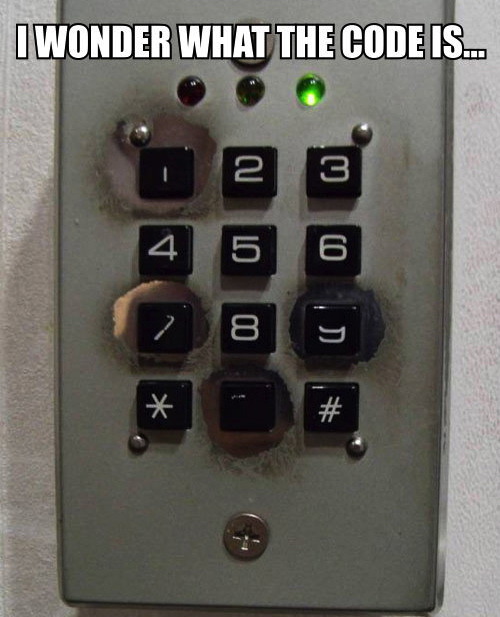
I think my local library could be greatly improved by having a forbidden section where they keep tomes of dark magic
I cannot believe there's absolutely no way to watch free shows and movies anymore, there are too many paid streaming platforms and pirating websites have viruses and ads preventing you from watching it uninterrupted((.)) id rather follow the rules and purchase media moving forward because it is too inconvenient. Seriously, free and no ads or viruses with 1080p streaming is DEAD.


Huge win for the Jiminy Cricket fans
REPOSTOBER, DAY 7: Van Hohenheim
yet another drawing that I didn't post on tumblr (because I did not have a Tumblr account in 2014)!

I was OBSESSED with FMA when I was a kid!
WAS NO ONE GOING TO TELL ME THAT ELIJAH WOOD WAS IN OVER THE GARDEN WALL?
I thought it was just a kind of spooky kids show, but for some reason my enjoyment skyrocketed when I realized it had Frodo in it.
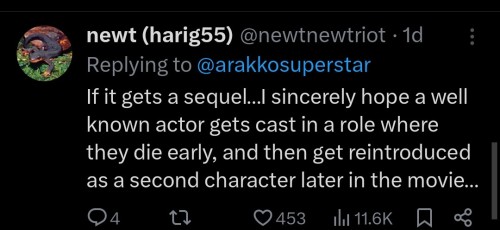





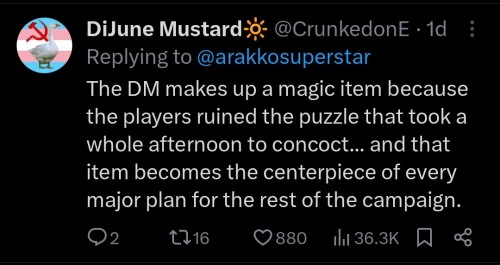

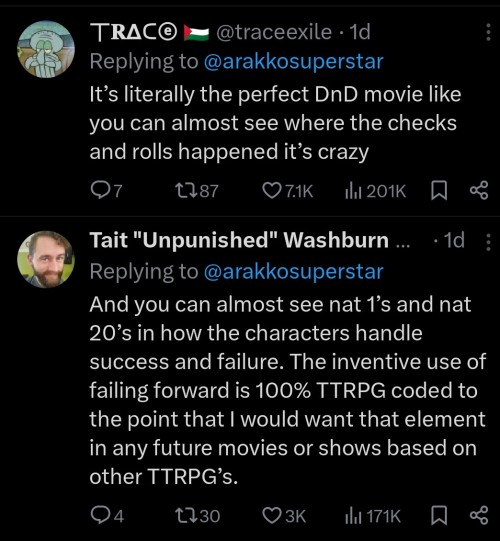
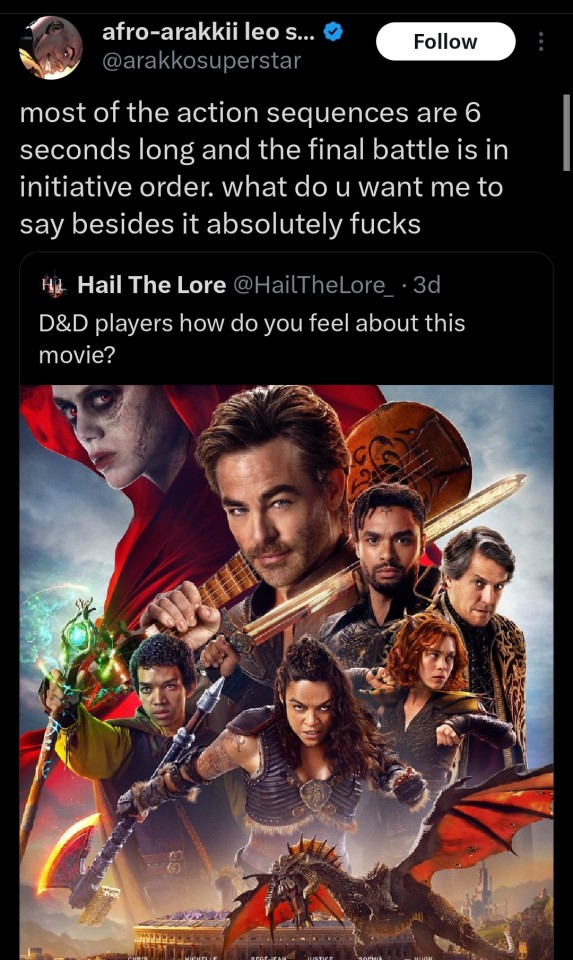
-
 voidofthearchive reblogged this · 1 week ago
voidofthearchive reblogged this · 1 week ago -
 thekinglemingle reblogged this · 2 weeks ago
thekinglemingle reblogged this · 2 weeks ago -
 aflyon reblogged this · 2 weeks ago
aflyon reblogged this · 2 weeks ago -
 earlploddington reblogged this · 3 weeks ago
earlploddington reblogged this · 3 weeks ago -
 fire-rose liked this · 3 weeks ago
fire-rose liked this · 3 weeks ago -
 asjjohnson reblogged this · 3 weeks ago
asjjohnson reblogged this · 3 weeks ago -
 leochantisallspiders reblogged this · 3 weeks ago
leochantisallspiders reblogged this · 3 weeks ago -
 leochantisallspiders reblogged this · 3 weeks ago
leochantisallspiders reblogged this · 3 weeks ago -
 choppedcowboydinosaur liked this · 3 weeks ago
choppedcowboydinosaur liked this · 3 weeks ago -
 else-creates liked this · 3 weeks ago
else-creates liked this · 3 weeks ago -
 yellowmagicalgirl reblogged this · 3 weeks ago
yellowmagicalgirl reblogged this · 3 weeks ago -
 at-heart-a-gentleman reblogged this · 4 weeks ago
at-heart-a-gentleman reblogged this · 4 weeks ago -
 mayjuvac reblogged this · 4 weeks ago
mayjuvac reblogged this · 4 weeks ago -
 bubble-you reblogged this · 4 weeks ago
bubble-you reblogged this · 4 weeks ago -
 bubble-you liked this · 4 weeks ago
bubble-you liked this · 4 weeks ago -
 friendlymatoran liked this · 1 month ago
friendlymatoran liked this · 1 month ago -
 0ncem0rew1thfeel1ng reblogged this · 1 month ago
0ncem0rew1thfeel1ng reblogged this · 1 month ago -
 zell liked this · 1 month ago
zell liked this · 1 month ago -
 pterriblepterodactyls reblogged this · 1 month ago
pterriblepterodactyls reblogged this · 1 month ago -
 kingstealer liked this · 1 month ago
kingstealer liked this · 1 month ago -
 junoniadoesart liked this · 1 month ago
junoniadoesart liked this · 1 month ago -
 felixfornacis liked this · 1 month ago
felixfornacis liked this · 1 month ago -
 darlingarmadillo liked this · 1 month ago
darlingarmadillo liked this · 1 month ago -
 kangoo reblogged this · 1 month ago
kangoo reblogged this · 1 month ago -
 whatthedip liked this · 1 month ago
whatthedip liked this · 1 month ago -
 eruvadhril reblogged this · 1 month ago
eruvadhril reblogged this · 1 month ago -
 starfieldcanvas liked this · 1 month ago
starfieldcanvas liked this · 1 month ago -
 kitkatsnow reblogged this · 1 month ago
kitkatsnow reblogged this · 1 month ago -
 kitkatsnow liked this · 1 month ago
kitkatsnow liked this · 1 month ago -
 thesteakiestbake reblogged this · 1 month ago
thesteakiestbake reblogged this · 1 month ago -
 adhdedrn reblogged this · 1 month ago
adhdedrn reblogged this · 1 month ago -
 satan-in-a-box reblogged this · 1 month ago
satan-in-a-box reblogged this · 1 month ago -
 lunocura liked this · 1 month ago
lunocura liked this · 1 month ago -
 thetallowman liked this · 1 month ago
thetallowman liked this · 1 month ago -
 skulkingwriter reblogged this · 1 month ago
skulkingwriter reblogged this · 1 month ago -
 skulkingwriter liked this · 1 month ago
skulkingwriter liked this · 1 month ago -
 simulatedstars liked this · 1 month ago
simulatedstars liked this · 1 month ago -
 stormsbreadth reblogged this · 1 month ago
stormsbreadth reblogged this · 1 month ago -
 ifeelacceptednow liked this · 1 month ago
ifeelacceptednow liked this · 1 month ago -
 eldritchsonar reblogged this · 1 month ago
eldritchsonar reblogged this · 1 month ago -
 dragoryu3000 liked this · 1 month ago
dragoryu3000 liked this · 1 month ago -
 raziereatscheese liked this · 1 month ago
raziereatscheese liked this · 1 month ago -
 danguy96 liked this · 1 month ago
danguy96 liked this · 1 month ago -
 apocalypticautumn liked this · 1 month ago
apocalypticautumn liked this · 1 month ago -
 fanningandcats reblogged this · 1 month ago
fanningandcats reblogged this · 1 month ago -
 ano-malie reblogged this · 1 month ago
ano-malie reblogged this · 1 month ago -
 rushed-oats reblogged this · 1 month ago
rushed-oats reblogged this · 1 month ago -
 the-quick-brown-fox13 liked this · 1 month ago
the-quick-brown-fox13 liked this · 1 month ago -
 paladin742 liked this · 1 month ago
paladin742 liked this · 1 month ago
